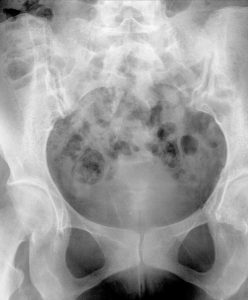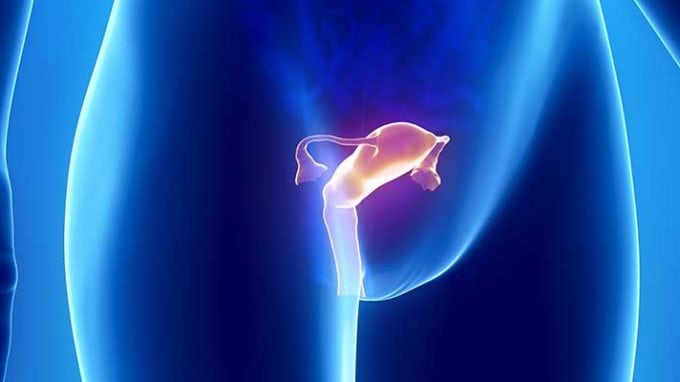For some women, pregnancy is challenging. With oil-based hysterosalpingograms, you can identify potential fertility challenges and treat them accordingly.
If you are a woman looking to enhance fertility, you may be overwhelmed by the sheer volume of conditions that cause infertility, let alone the amounts of literature available on the subject. If you are looking to improve fertility and identify potential challenges early on, an oil-based hysterosalpingogram is a fairly uncomplicated medical procedure that can help you do just that.
What is a Hysterosalpingogram?
A hysterosalpingogram, sometimes abbreviated as an HSG, is a diagnostic test to determine whether a woman has a blockage of one or both fallopian tubes. Since an open fallopian tube has a better chance of getting an egg into the uterus, women with open fallopian tubes are more likely to conceive.
The procedure itself is fast and takes just a few minutes. In the procedure, a doctor injects contrast into the uterus via the vagina. X-rays are taken to help visualize the contrast solution. If the fallopian tubes are open, the contrast will then move into the fallopian tubes. Because the contrast appears bright when visualized on an X-ray, it is easy to see if it fills each fallopian tube.
How Does a Hysterosalpingogram Enhance Fertility?

If a patient does have a blockage in one or more tubes, then she may opt to undergo treatment for tubal factor infertility. Blockages of one or both fallopian tubes are typically caused by scar tissue, which can accumulate as the result of endometriosis or a pelvic infection. If a hysterosalpingogram finds a blockage, it can lead the patient to prompt treatment, which also can improve fertility.
Why are Oil-Based Hysterosalpingograms Superior to Other Types?
While the hysterosalpingogram procedure is fairly straightforward, there is some variation in the type of contrast agent used. While many of these procedures are performed with a water-based agent, recent research suggests that a hysterosalpingogram performed with an oil-based agent can increase fertility by 10 percent compared to hysterosalpingograms performed with a water-based agent.
In this study, the water-based agent and the oil-based agent were made by the same manufacturer, and the majority of women in both the water-based group and the oil-based group were found to have no blockage of the fallopian tubes. While the scientists who conducted the study have not confirmed why, exactly, the oil-based medium seems more successful and they hypothesized that the oil may be more effective at flushing out plugs of mucus and other materials from fallopian tubes. These findings suggest that a hysterosalpingogram performed with an oil-based agent can be a good alternative to water-based agents. Since this test is usually done early, it may immediately improve chances of conception.
What if My Hysterosalpingogram Reveals Fertility Challenges?
If a patient undergoes a hysterosalpingogram that reveals a blockage, it is important to not jump to conclusions. While blockages are sometimes legitimate, other times this procedure may show a “false blockage.” Often, these false blockages are caused by uterine contractions. The fallopian tubes enter the uterus, which is a muscular organ. Since the injection of the dye can cause painful cramping, the cramping of the uterus can possibly block the tubes on one end.
If a patient’s hysterosalpingogram reveals a blockage, she will need to undergo further testing to determine whether or not the blockage is real. What testing is done next will depend on individual goal and circumstances. Sometimes, further testing may be as simple as another hysterosalpingogram at another time. This can help reveal if the blockage finding is consistent. Patients may also be able to undergo laparoscopic surgery.
In short, for those hoping to enhance fertility, the hysterosalpingogram is a relatively minor procedure that can help illuminate fertility issues before they start to cause problems. The oil-based procedure has the unique benefit of being able to possibly increase chances of pregnancy and live birth, even in those who were found to have normal fallopian tubes. If you are planning to conceive in the near future, this procedure may be worth considering.




